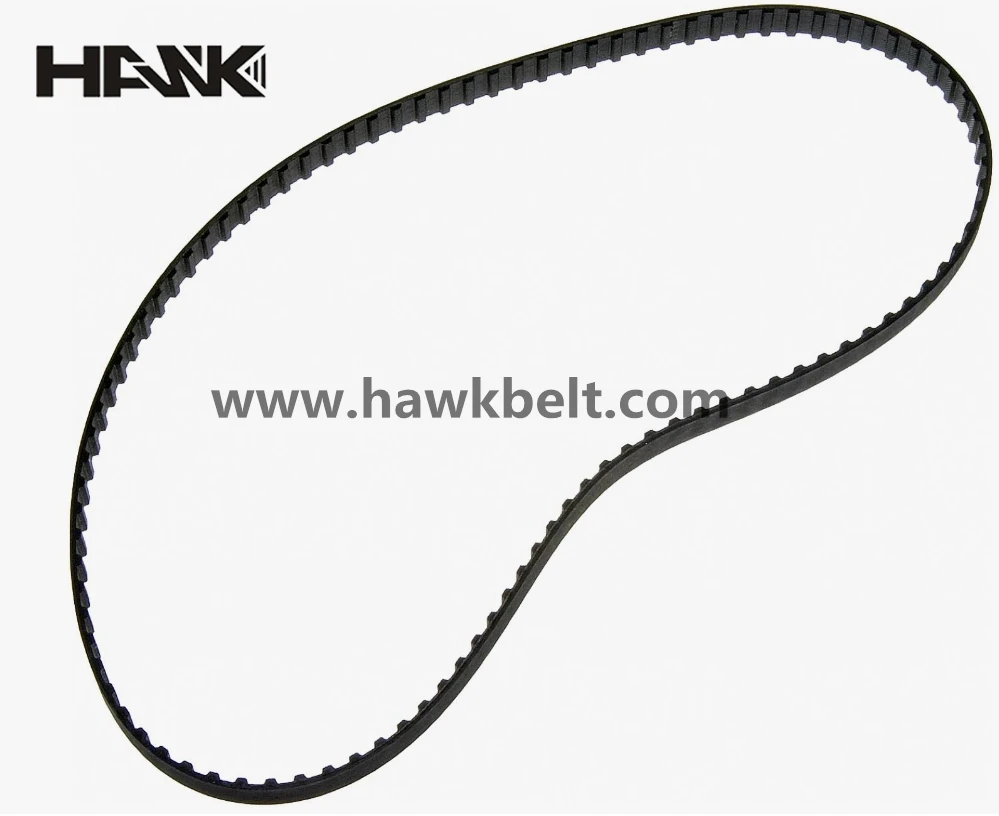- Arabic
- French
- Russian
- Spanish
- Portuguese
- Turkish
- Armenian
- English
- Albanian
- Amharic
- Azerbaijani
- Basque
- Belarusian
- Bengali
- Bosnian
- Bulgarian
- Catalan
- Cebuano
- Corsican
- Croatian
- Czech
- Danish
- Dutch
- Afrikaans
- Esperanto
- Estonian
- Finnish
- Frisian
- Galician
- Georgian
- German
- Greek
- Gujarati
- Haitian Creole
- hausa
- hawaiian
- Hebrew
- Hindi
- Miao
- Hungarian
- Icelandic
- igbo
- Indonesian
- irish
- Italian
- Japanese
- Javanese
- Kannada
- kazakh
- Khmer
- Rwandese
- Korean
- Kurdish
- Kyrgyz
- Lao
- Latin
- Latvian
- Lithuanian
- Luxembourgish
- Macedonian
- Malgashi
- Malay
- Malayalam
- Maltese
- Maori
- Marathi
- Mongolian
- Myanmar
- Nepali
- Norwegian
- Norwegian
- Occitan
- Pashto
- Persian
- Polish
- Punjabi
- Romanian
- Samoan
- Scottish Gaelic
- Serbian
- Sesotho
- Shona
- Sindhi
- Sinhala
- Slovak
- Slovenian
- Somali
- Sundanese
- Swahili
- Swedish
- Tagalog
- Tajik
- Tamil
- Tatar
- Telugu
- Thai
- Turkmen
- Ukrainian
- Urdu
- Uighur
- Uzbek
- Vietnamese
- Welsh
- Bantu
- Yiddish
- Yoruba
- Zulu
दिसम्बर . 14, 2024 22:38 Back to list
Flat Belts for Industrial Machinery Applications and Innovations
Understanding Flat Belts for Machinery
Flat belts have long been a fundamental component in the world of mechanical engineering and machinery. They serve as an efficient means of power transmission, connecting various components within machines. The design and application of flat belts have evolved over time, adapting to the needs of modern machinery while maintaining the simplicity and reliability that have made them popular since their inception.
What Are Flat Belts?
Flat belts are continuous loops made from materials such as rubber, fabric, leather, or synthetic materials. Unlike other types of belts, flat belts are characterized by their wide, flat surfaces, allowing for a larger contact area with pulleys and increasing friction and grip. These belts run over pulleys to transmit power from one shaft to another, making them essential in countless applications ranging from industrial machinery to household appliances.
Design Principles
The effectiveness of flat belts primarily relies on several design principles. The width and thickness of the belt play a critical role in its strength and the amount of power it can transmit. A wider belt can handle greater loads but may require larger pulleys and more space. Meanwhile, the material used in belt construction affects flexibility, wear resistance, and capacity to handle changes in load. Manufacturers often conduct extensive testing to determine the optimal specifications for various applications.
In addition to material and dimensions, the tension in a flat belt system is vital for performance. Proper tension ensures that the belt remains securely in place on the pulleys, reducing slippage and wear. Designers must consider factors such as environmental conditions, temperature, and humidity, which can affect the tension and function of the belt.
Applications of Flat Belts
Flat belts are versatile and find applications across a wide range of industries. In manufacturing, they are commonly used in conveyor systems to move materials from one station to another. Their ability to handle diverse loads and their adaptability make them ideal for assembly lines where precision and reliability are critical.
flat belts for machinery

In the agricultural sector, flat belts are utilized in machines such as combines and tractors to transfer power from the engine to various attachments. Their capacity to operate smoothly at high speeds helps ensure efficient operation, even under heavy loads.
Flat belts also serve important roles in the automotive industry. They are often found in older vehicle models for driving various components such as alternators and water pumps. Although newer technologies like serpentine belts are becoming more common, flat belts remain relevant, particularly in niche applications.
Advantages and Disadvantages
One of the primary advantages of flat belts is their simplicity. The basic design requires minimal components, which can lead to easier maintenance and lower manufacturing costs. They are also excellent at transmitting power over long distances, and their ability to operate with low noise levels makes them desirable in many applications.
However, flat belts also have their drawbacks. They can be less efficient than other types of belts, particularly when transmitting power between non-aligned pulleys. Additionally, they can suffer from greater wear and tear if not properly tensioned, leading to increased replacement costs over time.
Future of Flat Belts
As technology advances, the materials and designs used in flat belts continue to improve. The introduction of high-performance synthetic materials has enhanced durability, wear resistance, and flexibility. Innovations such as belt monitors that track tension and wear are becoming more common, allowing for predictive maintenance and reducing downtime in machinery.
In conclusion, flat belts remain a critical component of machinery across various industries. Their simplicity, versatility, and reliability ensure their ongoing relevance in the mechanical world. As manufacturers continue to embrace new materials and technologies, the flat belt will undoubtedly evolve, maintaining its status as a staple in power transmission systems. Understanding the principles surrounding flat belts can aid engineers and designers in optimizing their use, ultimately contributing to the efficiency and effectiveness of modern machinery.
-
Korean Auto Parts Timing Belt 24312-37500 For Hyundai/Kia
NewsMar.07,2025
-
7PK2300 90916-T2024 RIBBED BELT POLY V BELT PK BELT
NewsMar.07,2025
-
Chinese Auto Belt Factory 310-2M-22 For BMW/Mercedes-Benz
NewsMar.07,2025
-
Chinese Auto Belt Factory 310-2M-22 For BMW/Mercedes-Benz
NewsMar.07,2025
-
90916-02660 PK Belt 6PK1680 For Toyota
NewsMar.07,2025
-
drive belt serpentine belt
NewsMar.07,2025

